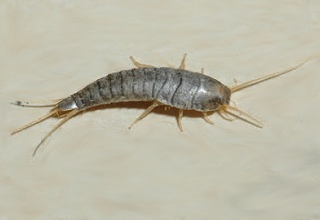And we're back for round 2 of the posts about Termites!
This blog post will focus on how to recognize and identify a termite infestation in your home. This is not the easiest process and you should consult a termite or pest control specialist in your area (that would be All-Way Pest Control if you're from New Jersey or parts of PA! :) ) if you suspect an infestation or if you're concerned that one could occur. The following tips will help you identify if such a problem exists.
(All information is from http://www.termites.com/damage/detection-signs/)
There are many, many signs of termites but several of these could be and are usually overlooked by homeowners. They are mud tubes, droppings, bubbling paint, peeling paint, and hollow or damaged wood.
1) Mud Tubes
Mud tubes are very thin tubes that are, obviously, made of mud. They are most easily visible on doors. Unfortunately, these tubes can also be found under siding and in cracks of foundation. This makes the tubes much more difficult to find.
2) Droppings
Termite droppings are called Frass and you will see a large pile underneath wood that has been infested. These piles appear because termites will clean out their nests and push the droppings out of the nest onto the floor (at least they take care of
their living space).
3) Bubbling/Peeling Paint
Termites like moisture. As a result of this, when they build their nests in your wood they need to bring in moisture. When the moisture is brought into the nest, paint will bubble and peel from that moisture. This is a difficult way to look for termites because bubbling or peeling paint could also be a sign of water damage. If you see bubbling or peeling paint, first look for a water leak. If none is found, please call a professional to look into the situation as this could be the first sign of termites.
4) Hollow/Damaged Wood
Here are two pictures of what damaged wood from termites looks like. This first is less extreme damage than the second.
Hopefully this information has been useful. Again, call you local pest control company if you are concerned about a termite infestation as damage can occur VERY quickly (see previous post for the number of eggs laid by the queen
a day). If you have any questions or comments leave a comment in the comment section or send us an email!








